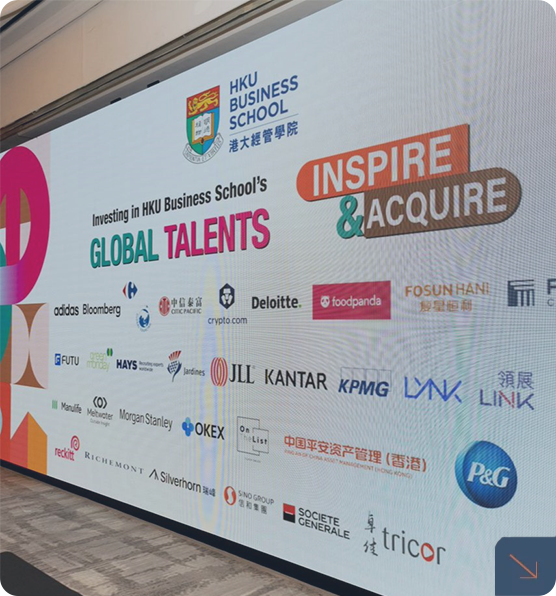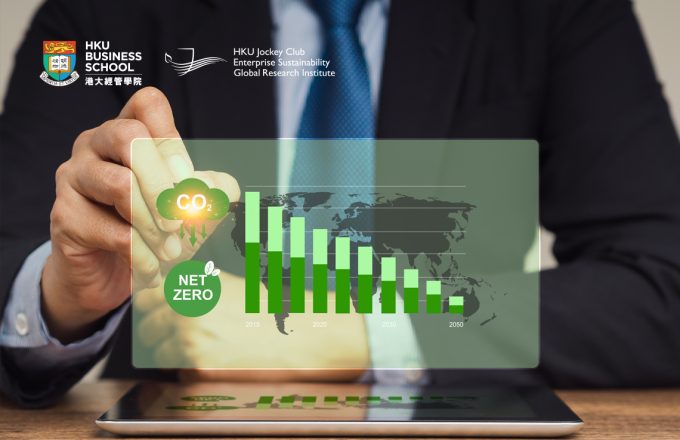
Goldilocks Upended: When it comes to discounts, medium-sized orders are not in the sweet spot
Long held assumptions about the mutually incremental relationship between quantities and discounts have been upended by new research. The rule of thumb that the bigger the purchase quantity, the higher the discount is shown not to hold true for medium-sized customers buying products such as semiconductors, with implications for other products and industries.
Pile them high and sell them cheap. Buy more, save more. These slogans, and the thinking that lies behind them, have been accepted principles of product sales and marketing for generation.
The logic seems indisputable from the points of view of both the seller and manufacturer and that of the buyers. If a seller or manufacturer makes a large number of identical items and a single customer wants to buy a large part of this total production, then that buyer will receive the goods at a cheaper price than a buyer who wishes to buy a much smaller amount of the same product. The accepted theory has been that the seller is eager to dispose of his stock as quickly and as easily as possible, and so a big customer will get a better deal. By the same logic, it follows that customers who buy progressively smaller amounts of the same product will receive progressively smaller discounts.
However, the underlying premise behind these assumptions – that the bigger the purchase, the bigger the discount – has now been shown to be valid for only part of the story. In a new study by Wei ZHANG, Sriram DASU and Reza AHMADI entitled “Higher Prices for Larger Quantities? Nonmonotonic Price-Quantity Relations in B2B Markets,” published in 2017 by the Institute for Operational Research and the Management Sciences in Maryland, USA, the first part of the established belief holds true: the biggest customers do receive the biggest discounts. These customers remain the most valuable to a seller or manufacturer as they account for the bulk of sales. They are therefore typically able to use their size and bandwidth to exert pressure successfully on the seller to get a large discount.
The research focused on investigating the impact of a buyer’s purchase quantity on the discount offered. In this case, the seller was a microprocessor company selling semi-conductors, which are a short-life cycle product. The company negotiates with each of its buyers to set a price for the product. The buyers are mainly large electronic consumer goods manufacturers. In line with established beliefs, the research showed that the discounts received by smaller customers increased in line with the quantities they purchased, and the smaller the quantity they purchased, the smaller the discount they received.
What is unexpected is the experience of medium sized buyers. According to established logic, these customers would be expected to receive bigger discounts on their purchase price than smaller buyers. But this is not the case. In fact, the researchers found that as the quantities bought increase, the discount decreases, and then increases again for the biggest quantities.
“Contrary to our intuition, larger quantities can actually lead to higher prices,” say ZHANG, DASU and AHMADI.Thus, while previous beliefs of a bigger purchase quantity meaning a bigger discount would have resulted in a curve heading steadily north-eastwards, the results of ZHANG, DASU and AHMADI’s studies is an N-shaped curve. This unexpected result is rooted in the importance of capacity to the seller and its impact on the price negotiation process, explain ZHANG, DASU and AHMADI.
To understand the importance of capacity in price setting requires a switch in focus from the buyer’s mind-set to that of the seller. The seller or manufacturer is not concerned solely with getting the best possible price for the product, they also place a value on capacity.
‘’Large buyers accelerate the selling process and small buyers are helpful in consuming the residual capacity,” write ZHANG and his team. “However, satisfying midsized buyers may be costly because supplying these buyers can make it difficult to utilise the remaining capacity, which may be too much for small buyers but not enough for large buyers. Therefore, midsized buyers are charged a “premium.”
To get the best price for all his products, the seller needs to avoid transactions of a medium size and instead plan his sales based on a rationing decision. The rationing decision depends on the remaining capacity level, purchase quantity, demand distribution and the buyer’s profit margin before subtracting the cost of this product. The calculation can be done by following a dynamic capacity rationing formula devised by the researchers. The formula is based on the need for the seller to find a balance between controlling the capacity allocated to each buyer while still offering a capacity range that is acceptable to the buyer.
Ultimately, ZHANG & Co, say, “The seller should reserve capacity for buyers who are willing to pay more.”
The pertinence of the research is clearly of most use to firms manufacturing or selling semi-conductors. This is a highly competitive industry with several unique features and is characterised in particular by fast changing technological developments. In the semi-conductor industry, manufacturing costs are high and lead times are long and these factors lead to inflexible capacities. It is common practice in the industry for sellers to allocate capacity to different product lines based on demand forecasts and to start work on the related production several months ahead of the planned delivery date. Customers arrive sequentially and differ mainly in the quantities of product they order. Although products have a set price, the actual price paid is typically agreed after a process of negotiation, with big buyers usually driving a hard bargain. Because of the nature of the business, negotiation on prices is inevitable, explain the researchers.
“Buyers know that the marginal production cost of microprocessors is low and that sellers are eager to discount prices to fully utilise their capacities. Moreover, buyers can allocate their business among competing sellers.”
But while buyers may have an advantage when it comes to price, sellers often have an advantage when it comes to selling and controlling capacity. Buyers are free to meet their needs by buying from different semiconductor suppliers, but they tend to decide on suppliers early on in the purchasing process. This is because the technical features offered by different suppliers vary, and once selected, these features will impact the design of the buyers’ products and will be difficult and costly to change. That means that buyers tend to keep to their chosen supplier.
The lessons that can be drawn from the study may also be useful to some degree to other businesses and products. Inflexible capacities are also a feature of many businesses in the tourism industry, for example, although the researchers note there are different characteristics and constraints involved – for example, hotel rooms do not go out of date in the same way that semiconductor products become obsolete. Hotel rooms, airline and coach seats are all fixed number items that the seller or owner needs to sell in quantities to his best advantage. The main customers in these industries include bulk buyers such as travel agencies and resellers who want to buy in large quantities but who also want to negotiate the best prices. As in the semi conductor business, the individually agreed deals are closely interconnected, with the price and quantity agreed for one buyer impacting the price and quantity to be agreed for the remaining buyers. The researchers recommend that sellers develop a price-quantity analysis model that can help them optimise their prices. As with semi-conductors, the key point for the seller is the need to control the quantity being sold to each buyer before negotiating the price.
“Basically, given that each transaction has an impact on subsequent transaction, a good model of the price-quantity relation is necessary for the optimisation of the trade-off between the profit from the current buyers and that of future buyers,” they explain.
Contributing Reporter: Liana Cafolla
Source: Wei Zhang, Sriram Dasu, Reza Ahmadi (2017). Higher Prices for Larger Quantities? Nonmonotonic Price–Quantity Relations in B2B Markets. Management Science 63(7): 2108-2126.







